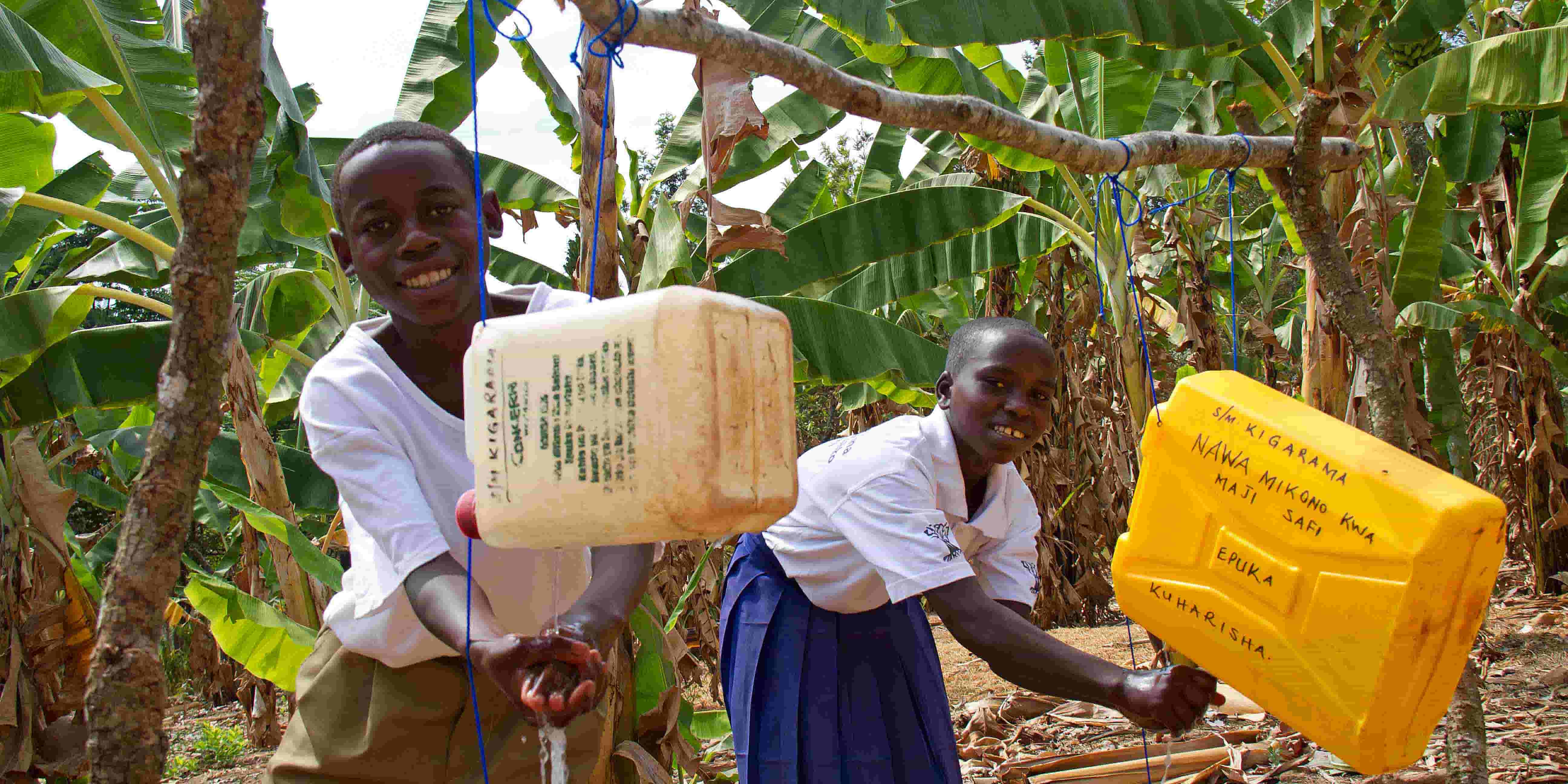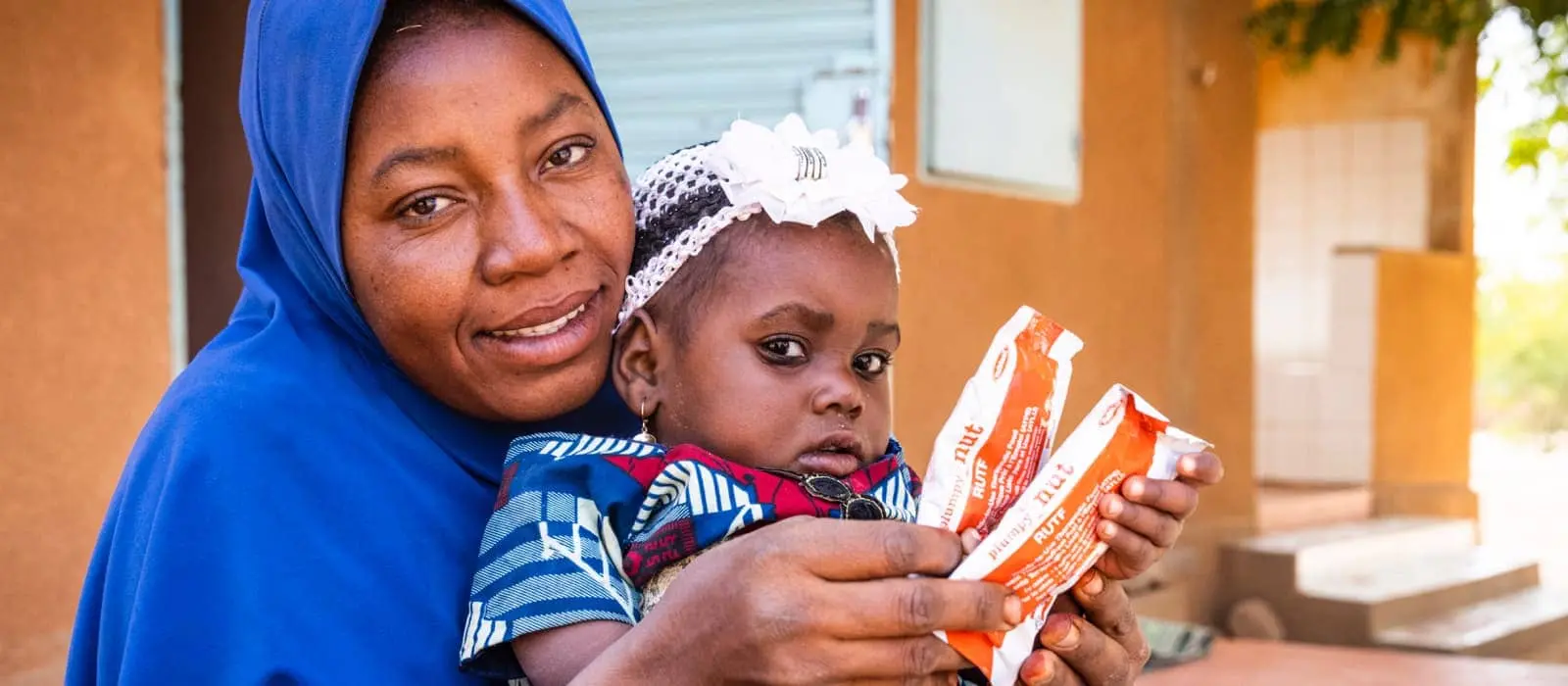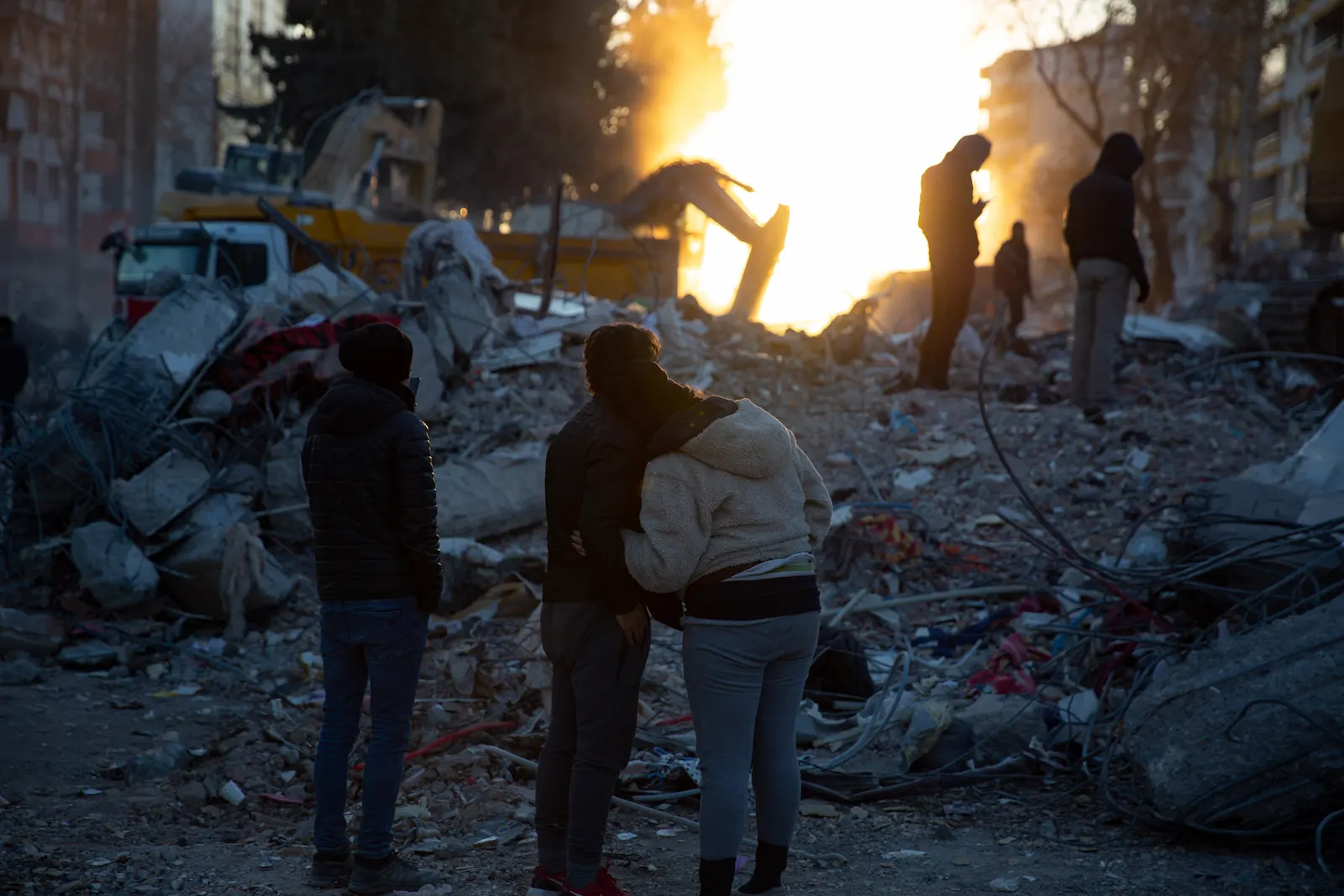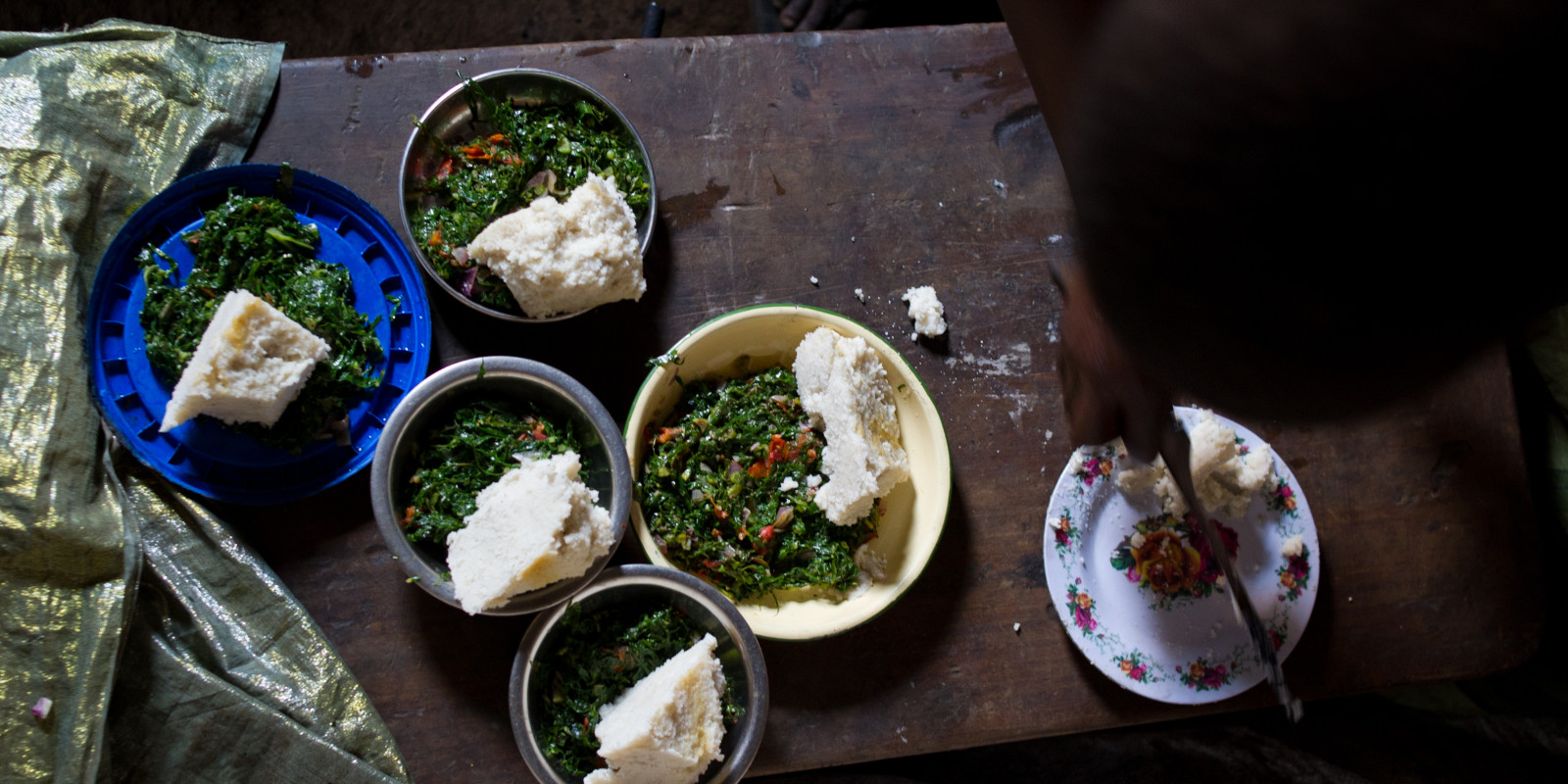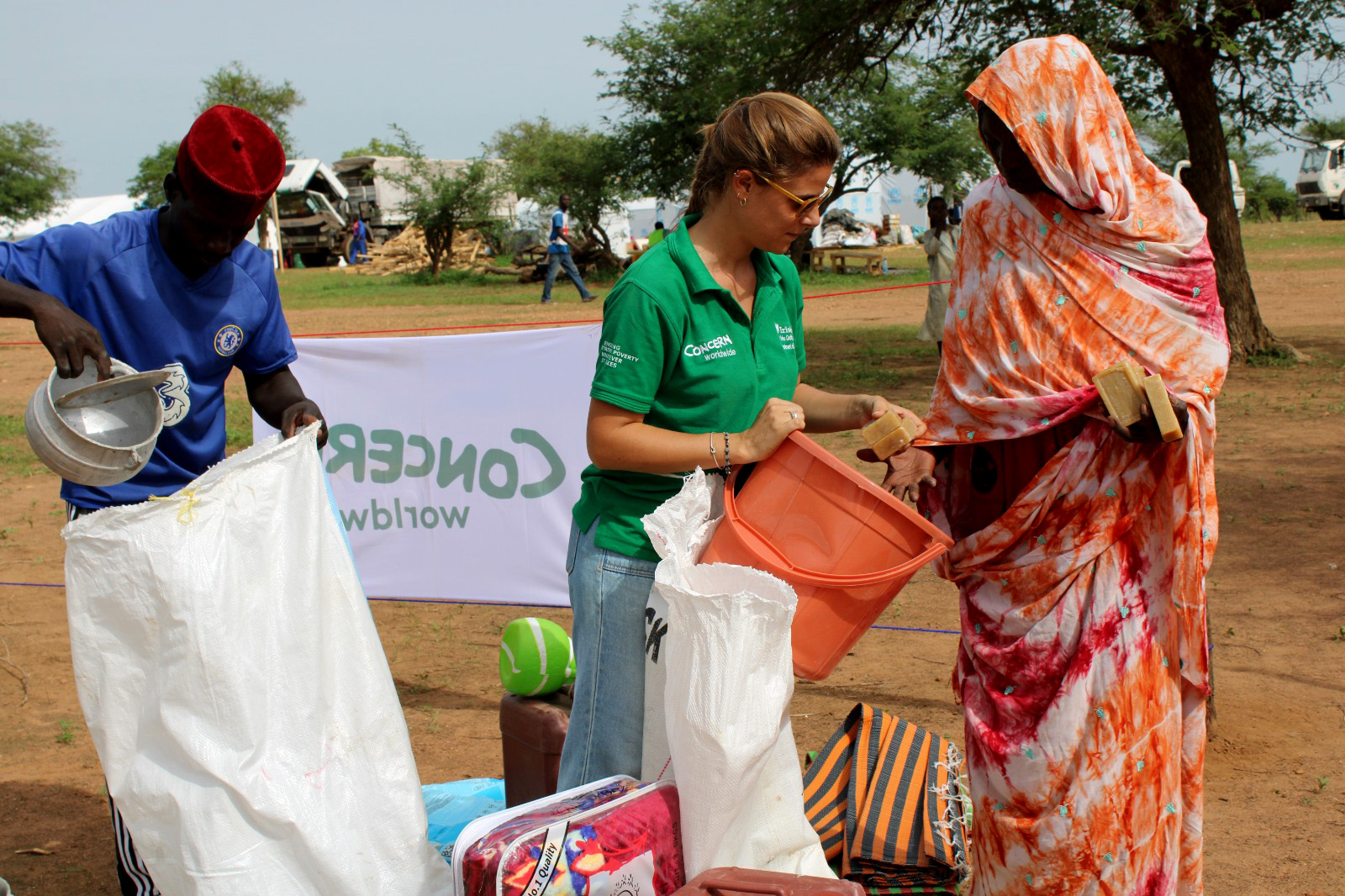Some of the biggest changes in aid and development work come through surprisingly low-cost humanitarian innovations.
Breaking the cycle of poverty is a multi-pronged job: Achieving this goal will require a lot of work at the policy and government levels. Other solutions to poverty require large-scale investment. But then there are those humanitarian innovations that are smaller and more cost-effective, but leave a big impact in their wake. When we talk about our work at Concern, many of these items come up frequently, but have you ever wondered what, exactly, is a Veronica Bucket? Or MUAC Tape? Here’s what they do — and how a little investment goes a long way.
1. Veronica Buckets ($18)
In the last 18 months, we’ve learned just how far handwashing can go towards saving lives. In lower-income countries, however, one of the key ingredients for this process — clean, running water — is hard to come by. “We are used to washing hands in a bowl with others washing in the same water, which will do more harm than good,” said Ghanian biologist Veronica Bekoe of the situation.
Bekoe came up with a solution that now bears her name: The Veronica Bucket is a bucket with a tap near the bottom, much like a portable cooler or buffet drink dispenser. Flowing water means that the water used for handwashing flows (a basin at the bottom catches runoff). The simple design means that communities can make and maintain their own Veronica Buckets.
Veronica Buckets have become especially popular since the beginning of the COVID-19 pandemic; earlier this year, Bekoe created an updated version of her original model to further reduce physical contact and help curb the spread of communicable diseases.
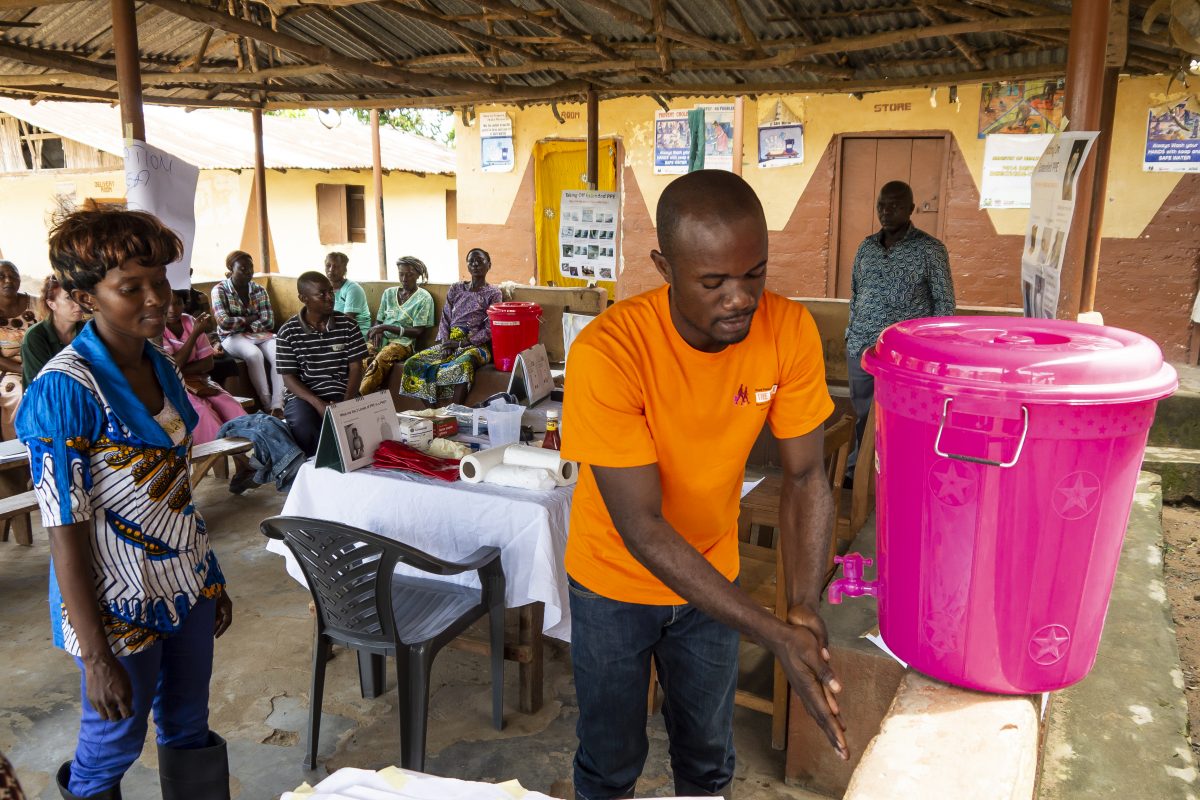
2. Tippy Taps ($2)
Much like a Veronica Bucket, a tippy tap is a handwashing station that employs just a little bit more engineering. A can of water is hung from a branch and attached with some string to a stick on the ground. By stepping onto the stick, a user can tip the can and pour water onto their hands without needing to touch the container. Some soap is usually tied to a nearby branch.
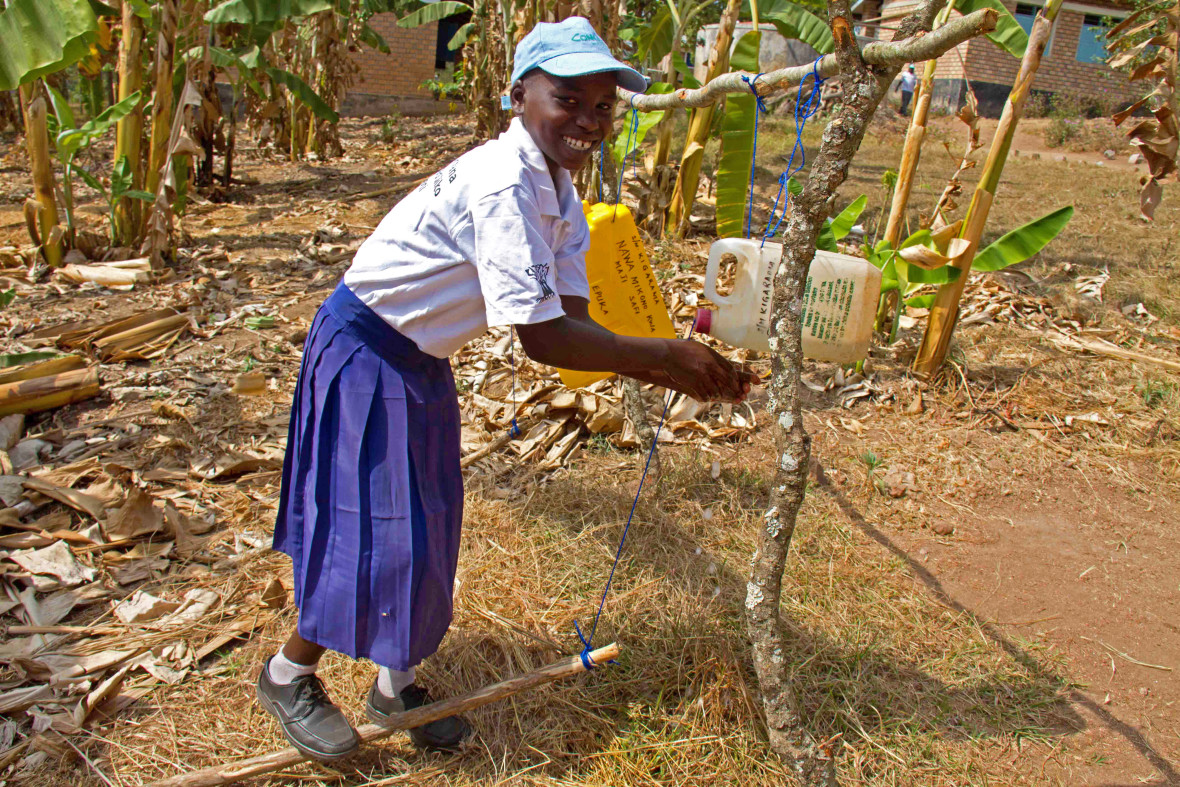
3. MUAC Tape ($0.08)
Nearly half of all deaths of children under five are linked to malnutrition, which is completely preventable. But how do you know if a child is malnourished, or how severe the problem is?
This is where a flexible strip of plastic that costs less than $0.10 comes in handy: As part of the CMAM (Community Management of Acute Malnutrition) model that has now become a UN standard of care, MUAC tape is a reliable indicator of a child’s nutrition levels. Short for “mid-upper arm circumference,” MUAC tape is a color-coded device to measure the upper arm of a child. A window shows their measurement as well as the range they’re in: Red indicates severe acute malnutrition; yellow indicates a risk of malnutrition; green indicates no signs or warnings of acute malnutrition. Children whose mid-upper arm circumference is in the red or yellow zone can receive further screening and treatment.
MUAC tape makes it much easier for parents and community health workers to screen children, without needing access to a calibrated scale or healthcare facility for routine checkups. This means that more children can receive the lifesaving preventative care that is at the heart of CMAM.
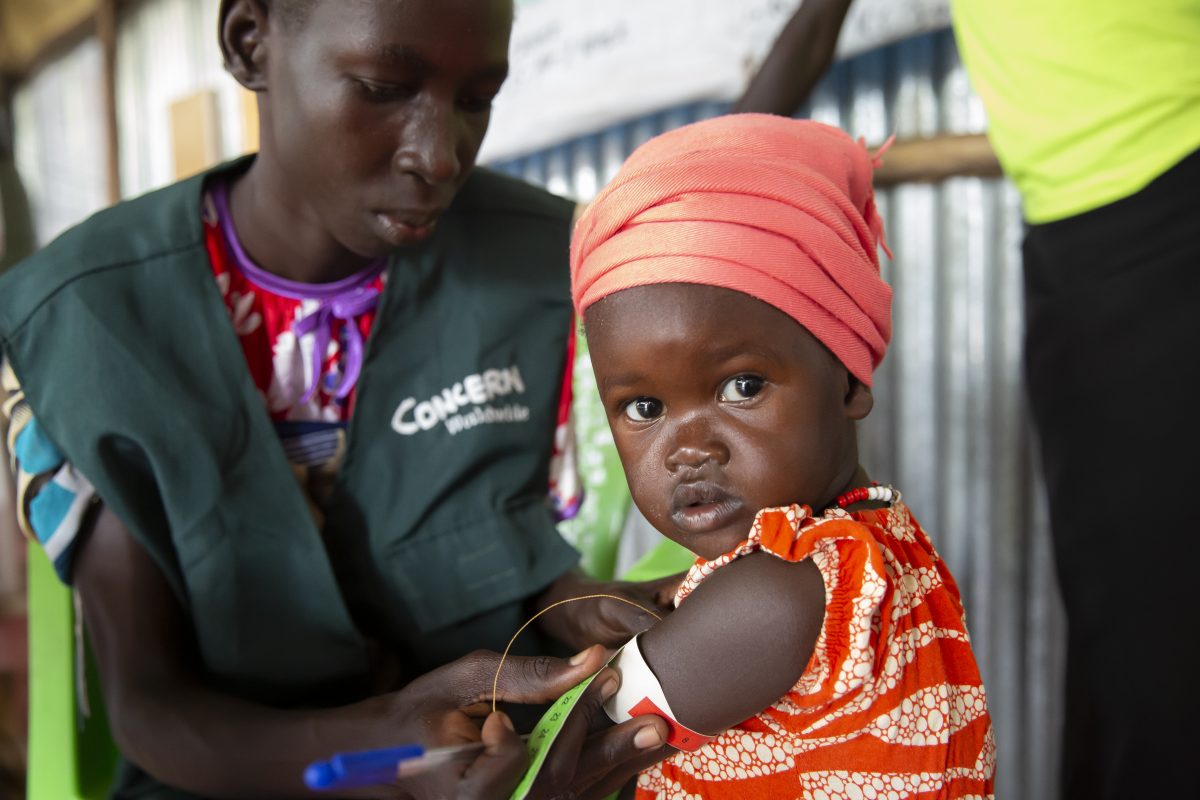
4. Plumpy’Nut ($0.40)
If a child’s MUAC measurement suggests that they’re malnourished, the work of CMAM continues, often with a course of ready-to-use therapeutic food. Developed by Concern and partners in the early 2000s, Plumpy’Nut is one of these therapeutic foods, made out of a peanut paste that is rich in carbohydrates, fats, proteins, and the vitamins and minerals necessary for recovery from acute malnutrition.
The major innovations of Plumpy’Nut and other RUTFs like it go along with the community focus of CMAM: Previously, malnutrition was treated in facilities that could often be far from home, with milk-based solutions that were not shelf-stable. Plumpy’Nut stays fresh after opening, each pack of the paste is small enough that a full course of treatment takes up minimal space, and it can be administered at home by the child’s caregivers. A full course of treatment costs less than $50.
5. Counting Beads ($1)
Pneumonia is one of the preventable diseases that continues to be the leading cause of death in children under the age of 5. As we saw with CMAM, community-based treatment (especially for preventative care) is key for families, especially those for whom a trip to the nearest healthcare facility could mean days of travel.
Like MUAC tape, there’s a simple humanitarian innovation that allows for accurately diagnosing pneumonia: counting beads. For every breath a child takes in a one-minute span, one bead is moved along the string. If a child takes too few or too many breaths, it will be easy to spot on these strings of low-cost, easy-to-produce, and locally-available strings, and they can seek medical attention.
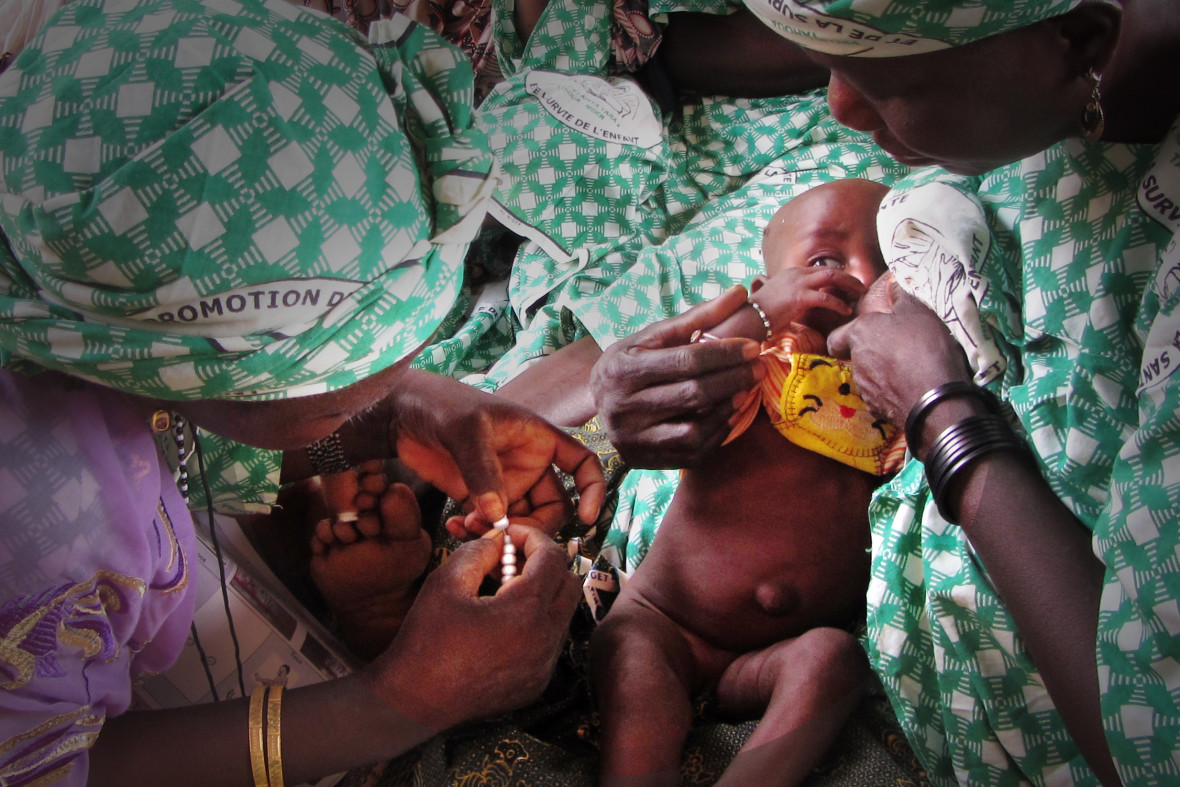
6. Bicycle Ambulance ($110)
Another challenge to getting medical care, especially in remote areas: How to get to the nearest hospital or clinic? Walking is often the answer, but also means that families may lose out on wages or be down a caregiver (especially challenging in single-parent households) for a day or more. On the other hand, motorized ambulances are expensive, require frequent maintenance, and rely on expensive fuel.
Enter the bicycle ambulance: a low-cost, low-maintenance means of transportation. The trailer attached to the cycle allows a patient to be transported while lying down (a critical factor for someone who is very ill or injured). A bicycle ambulance can make a six-mile journey in a little over 30 minutes (compared to 2 to 3 hours on foot).
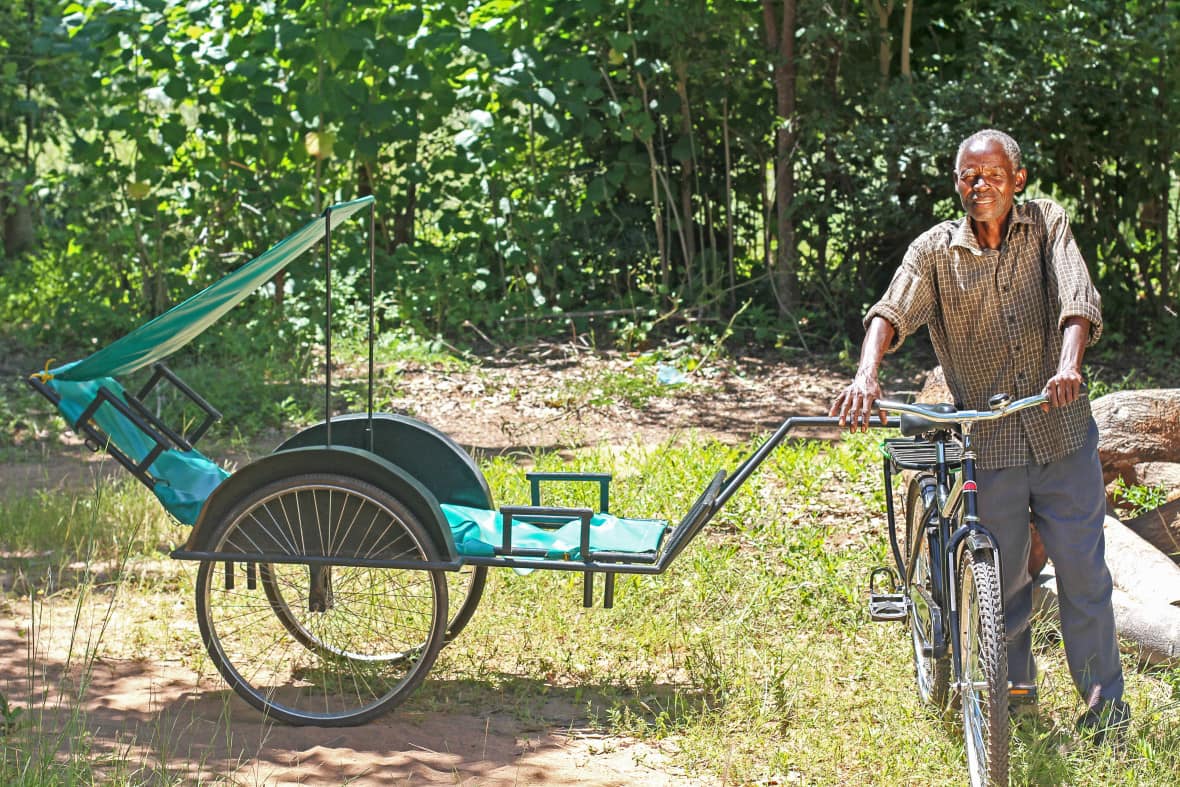
7. Treadle Pump ($50)
Water is a women’s issue: Collectively, women and girls spend up to 200 hours per day fetching water for cooking, cleaning, and crops. Reducing this workload can have a large impact across the board — from giving women more time for paid labor to giving girls more time in school.
One solution to this is underground reservoirs, which provide a protected source of water to areas that otherwise are far from a potable source. The innovation that allows this to be a workable solution are treadle pumps: Operating these pumps with the foot allows one person to collect water from the reservoir, and then carry it to a well or feed it into pipes that irrigate crops.
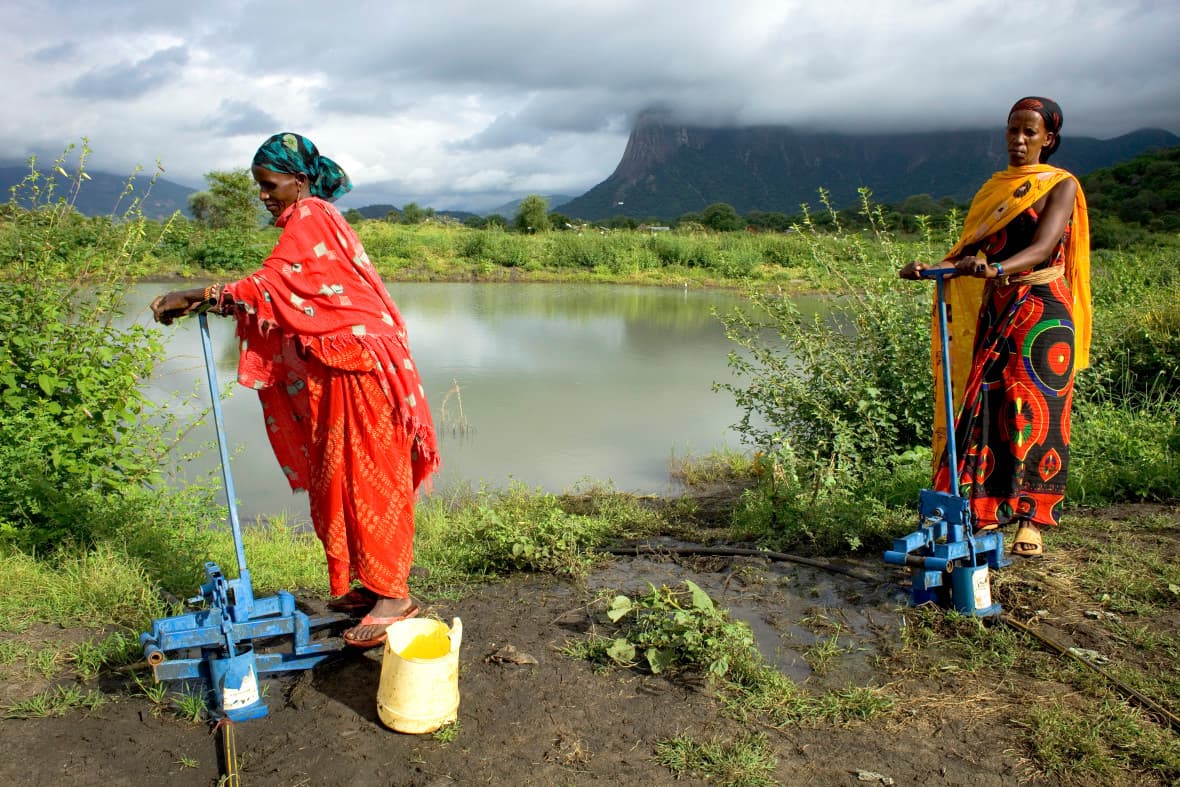
8. Gabion Walls (Cost Varies)
In the world of engineering, a Gabion wall is an oldie-but-goodie. While the name comes from the Italian for “big cage,” the concept goes back to ancient Egypt, where these walls were used to protect the banks of the Nile from erosion. Their simple, low-cost construction combined with timeless efficacy mean they’re still in use today.
Box or cylinder “gabions” provide the structure for a wall which can then be filled with rocks and stones, or even sand or dirt. Gabion walls can be used to help prevent erosion or provide security. They also boast a long shelf life: As long as the cage that holds the rocks remains in-tact, the wall won’t fall apart.
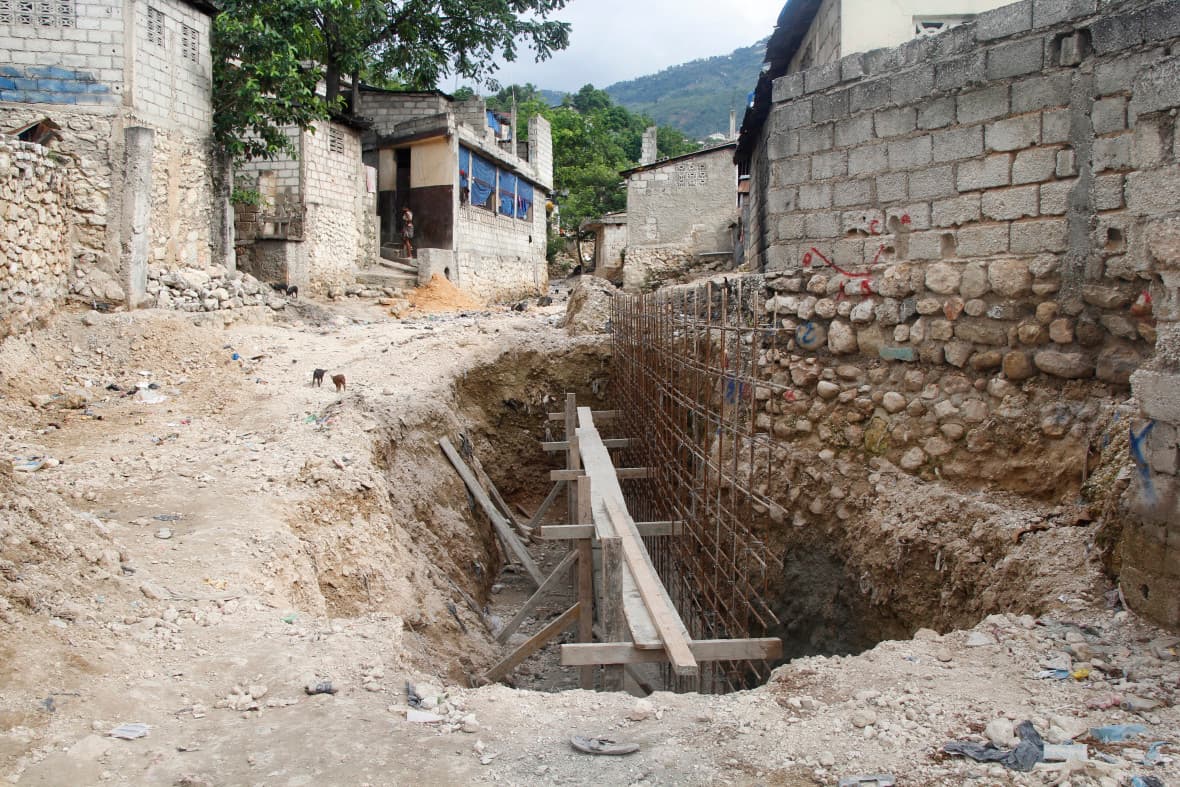
Ending poverty doesn't need to be a major investment
Supporting Concern with a tax-deductible one-time or monthly gift adds up, and $0.93 of every dollar donated goes into our program work in 25 countries around the world. Donate below to make a difference at any level.


